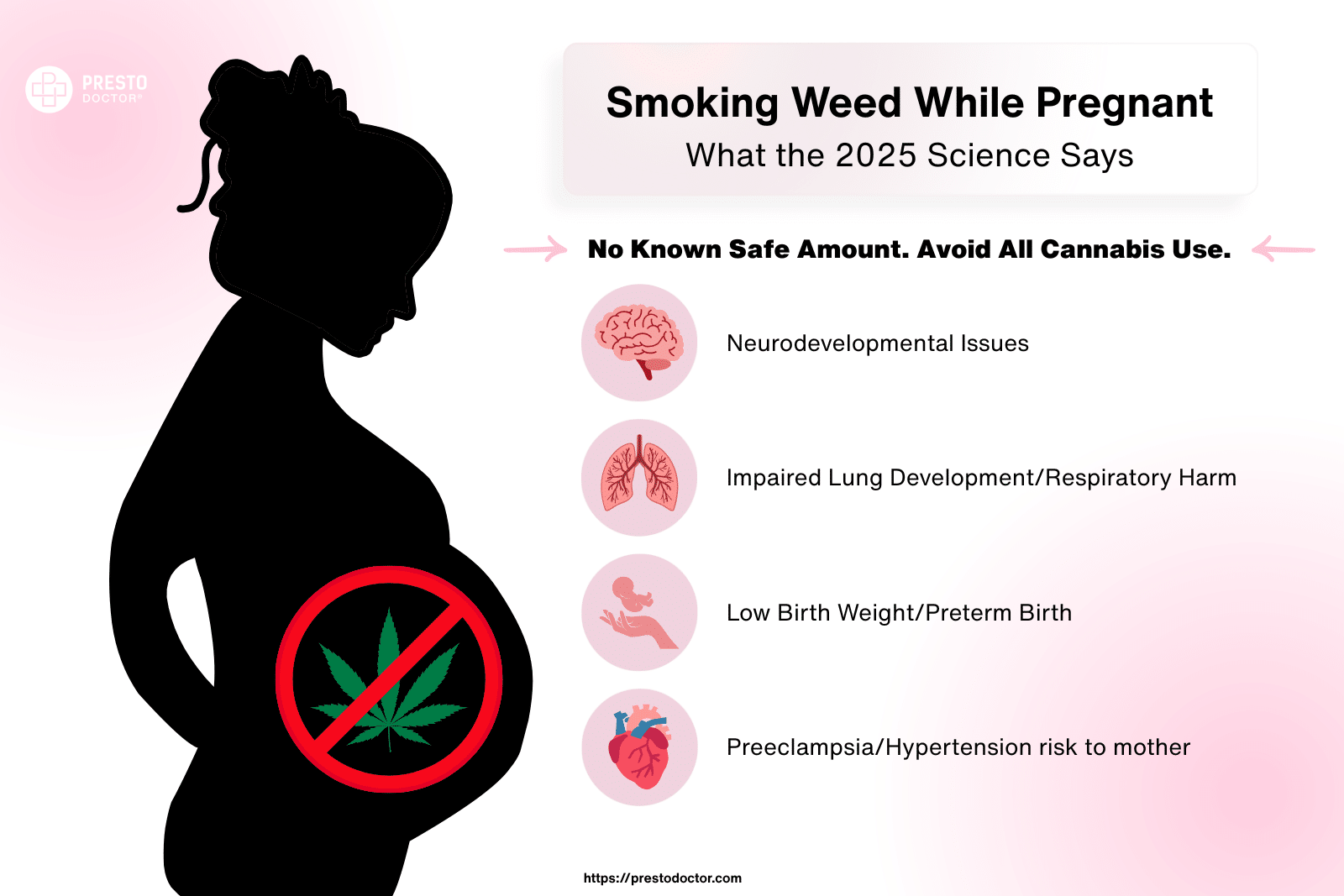
When it comes to cannabis, there are three main types of strains: sativa, indica, and hybrid. Each type has its own unique characteristics and effects, making it important for consumers to understand the differences between them. Sativa strains are known for their energizing and uplifting effects, making them a popular choice for daytime use.
Indica strains are known for their relaxing and sedating effects, making them a popular choice for nighttime use. Hybrid strains are a combination of sativa and indica, offering a balance of both energizing and relaxing effects. Sativa strains are typically tall and thin with narrow leaves, while indica strains are shorter and bushier with broader leaves.
Hybrid strains can vary in appearance, depending on the specific combination of sativa and indica genetics. In terms of effects, sativa strains are often accompanied with increased creativity and focus. On the other hand, indica strains are favorable for their ability to relieve pain and promote relaxation. Hybrid strains can offer a combination of these effects, making them a versatile option for consumers.
Understanding the differences between sativa, indica, and hybrid strains can help consumers decide which type is best for their needs.
Key Takeaways
- Sativa strains are known for their energizing and uplifting effects, making them ideal for daytime use
- Indica strains are often associated with relaxation and sedation, making them suitable for evening or nighttime use
- Hybrid strains combine the characteristics of both Sativa and Indica. Hybrid’s offer a balanced experience that can be tailored to individual preferences
- When choosing a strain, consider factors such as desired effects, medical needs, and personal tolerance to THC and CBD levels
- Breeders are creating new cannabis varieties that blur the traditional distinctions between Sativa, Indica, and Hybrid. Thus, leading to a more diverse and personalized cannabis market.
Differences
Sativa strains are often preferred by those looking for an uplifting and energizing experience. These strains are known for their ability to increase creativity and focus. This makes them a popular choice for artists and individuals looking to enhance their productivity. Sativa strains can also be effective in treating mood disorders such as depression and anxiety. In addition, they can help with chronic pain and fatigue.
On the other hand, indica strains are known for their relaxing and sedating effects. This makes them a popular choice for those looking to unwind and alleviate stress. These strains can also be effective in treating insomnia, muscle spasms, and other conditions that require deep relaxation. Hybrid strains offer a balance of both sativa and indica effects, making them a versatile option for consumers.
Depending on the specific genetics of the hybrid strain, it can offer a combination of uplifting and relaxing effects. This combination makes it suitable for a wide range of uses. Hybrid strains can be particularly beneficial for those looking to manage symptoms of both physical and mental health conditions. By understanding the characteristics and effects of sativa, indica, and hybrid strains, consumers can make informed decisions about which type of cannabis is best suited to their individual needs.
Choosing the Right Strain: Factors to Consider When Selecting Sativa, Indica, or Hybrid Cannabis
When choosing a cannabis strain, there are several factors to consider in order to find the right fit for your individual needs. One important factor to consider is the desired effects of the strain. If you are looking for an energizing and uplifting experience, a sativa strain may be the best choice for you.
On the other hand, if you are looking for a relaxing and sedating experience, an indica strain may be more suitable. For those looking for a balance of both effects, a hybrid strain may be the best option. Another factor to consider when choosing a cannabis strain is the THC and CBD content.
THC is the psychoactive compound in cannabis that produces the “high” feeling. CBD is non-psychoactive and has been shown to have various therapeutic benefits. Sativa strains tend to have higher THC content and lower CBD content. Indica strains tend to have higher CBD content and lower THC content. Hybrid strains can vary in their THC and CBD content depending on the specific genetics of the strain.
By considering these factors, consumers can make better decisions about which type of cannabis strain is best for their individual needs.
Cultivation and Genetics: Exploring the Origins and Growing Techniques of Sativa, Indica, and Hybrid Varieties
The origins of sativa and indica strains can be traced back to different regions of the world. Sativa strains are native to equatorial regions such as Southeast Asia, Africa, and Central America, where they have adapted to thrive in warm climates with long growing seasons. Indica strains, on the other hand, are native to regions such as Afghanistan, Pakistan, and India, where they have adapted to thrive in cooler climates with shorter growing seasons.
These regional differences have led to distinct genetic characteristics in sativa and indica strains, including differences in appearance, effects, and growing requirements. Hybrid strains are created by crossing sativa and indica genetics in order to combine the desirable traits of both types of cannabis. This happens through selective breeding techniques that aim to create a hybrid strain with specific characteristics and effects.
Hybrid strains can vary widely in their genetics depending on the specific combination of sativa and indica parents. Some hybrids may lean more towards sativa or indica in terms of their effects and appearance, while others may offer a more balanced combination of both types. By understanding the origins and growing techniques of sativa, indica, and hybrid varieties, consumers can gain insight into the unique characteristics of each type of cannabis strain.
The Future of Cannabis: How Breeders are Blurring the Lines Between Sativa, Indica, and Hybrid Strains
| Type | THC Content | CBD Content | Effects |
|---|---|---|---|
| Sativa | High | Low | Energetic, Uplifting |
| Indica | High | Low | Relaxing, Sedating |
| Hybrid | Varies | Varies | Combination of Sativa and Indica effects |
In recent years, there has been a growing trend towards creating new cannabis varieties that blur the lines between sativa, indica, and hybrid strains. This happens with advancements in breeding techniques that allow breeders to create cannabis varieties with specific characteristics and effects. As a result, many new cannabis varieties on the market today may not fit neatly into traditional categories of sativa or indica.
Instead, they may offer a unique combination of effects that cannot be easily classified as purely sativa or indica. This trend has led to a shift in how consumers approach choosing cannabis strains, as they may no longer be able to rely solely on traditional classifications to determine the effects of a particular variety. Instead, consumers may need to consider other factors such as terpene profiles and cannabinoid content in order to understand the potential effects of a given strain.
This shift has also led to a greater emphasis on individualized experiences with cannabis, as consumers may need to experiment with different varieties in order to find the right fit for their individual needs. As breeders continue to push the boundaries of traditional classifications, the future of cannabis is likely to have an increasing diversity of unique and innovative varieties that offer a wide range of effects and benefits.
FAQs
What are the main differences between Sativa, Indica, and Hybrid cannabis strains?
Sativa strains are notable for their energizing and uplifting effects, while Indica strains are notable with relaxation and sedation. Hybrid strains are a mix of both Sativa and Indica, offering a combination of effects.
How do Sativa, Indica, and Hybrid strains differ in terms of appearance?
Sativa plants are tall and thin with narrow leaves, while Indica plants are shorter and bushier with broader leaves. Hybrid plants can exhibit a combination of these characteristics.
What are the typical effects of Sativa, Indica, and Hybrid strains?
Sativa strains are often favorable for daytime use due to their stimulating effects, while Indica strains are popular for evening or nighttime use because of their relaxing properties. Hybrid strains can provide a balance of both mental and physical effects.
Do Sativa, Indica, and Hybrid strains have different medicinal properties?
Sativa strains are commonly popular in treating conditions such as depression and fatigue, while Indica strains are commonly popular for pain relief and insomnia. Hybrid strains can offer a combination of medicinal benefits from both Sativa and Indica.
How do Sativa, Indica, and Hybrid strains differ in terms of cultivation?
Sativa plants typically have a longer flowering time and are better for outdoor growing due to their height. Indica plants have a shorter flowering time and are often better for indoor cultivation. Hybrid plants can vary in their cultivation needs depending on their genetic makeup.






